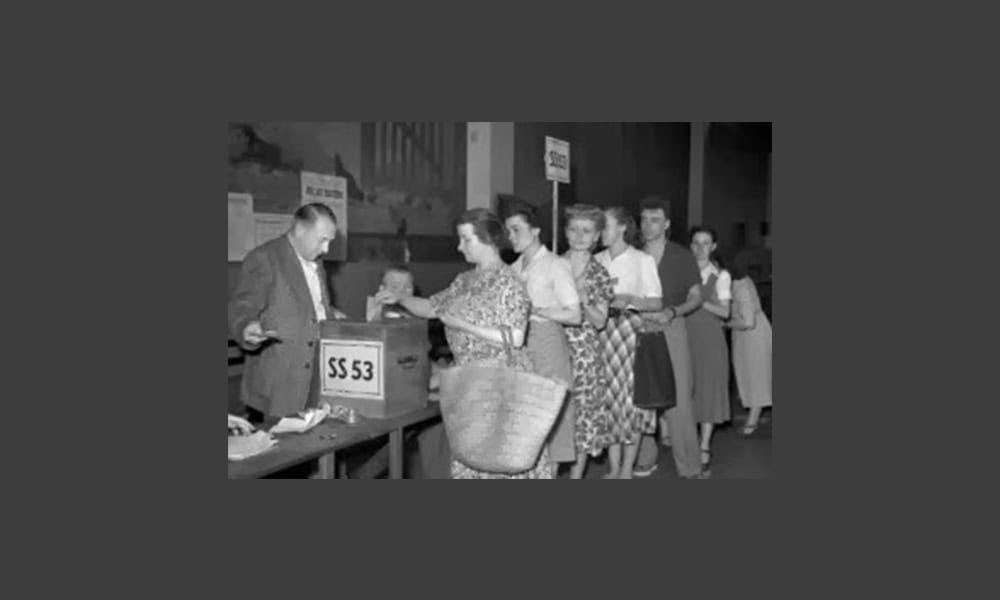Yesterday marked a historical milestone for Costa Rica: the 74th anniversary of women’s suffrage. On July 30, 1950, women in Costa Rica exercised their right to vote for the first time.
The historic event took place during a plebiscite, where the towns of La Tigra and La Fortuna decided whether to remain part of San Ramón or to join San Carlos. Ultimately, the communities became part of the new district of San Carlos, but the true significance of the event lay in the equal participation of men and women in the electoral process, according to the National Women’s Institute (INAMU).
Bernarda Vásquez, a 32-year-old housewife from La Tigra, made history as the first woman to vote in Costa Rica. This occasion followed the official recognition of women’s suffrage on June 20, 1949, when 80% of the deputies of the Constituent Assembly of the Second Republic incorporated the principle into the country’s new Constitution.
The journey toward women’s suffrage in Costa Rica was long and challenging, inspired by international debates and local advocates for gender equality. The liberal political generation of the 1880s first raised the possibility of equal suffrage, but it was not until the 1940s, following significant social advances and political reforms, that women were finally granted the right to vote.
In 1913, the government of Ricardo Jiménez proposed reforms to the electoral system, including direct, secret, and universal voting, but the inclusion of women was not approved. Subsequent efforts in 1917 and 1920 also failed to secure women’s voting rights but gained more support.
Women were granted the right to vote in 1949, and by the 1953 National Elections, they could also run for office. María Teresa Obregón, Ana Rosa Chacón, and Estela Quesada, all from the Liberación Nacional party, were elected to the Legislative Assembly.
The progress did not stop there. In 1986, Rosemary Karpinsky became the first woman to serve as President of Congress, and Victoria Garron was appointed Vice-President of the Republic. In 2010, Costa Rica elected its first female president.
The fight for women’s rights in Costa Rica continues. Women are still striving for true equality in all aspects of society.






